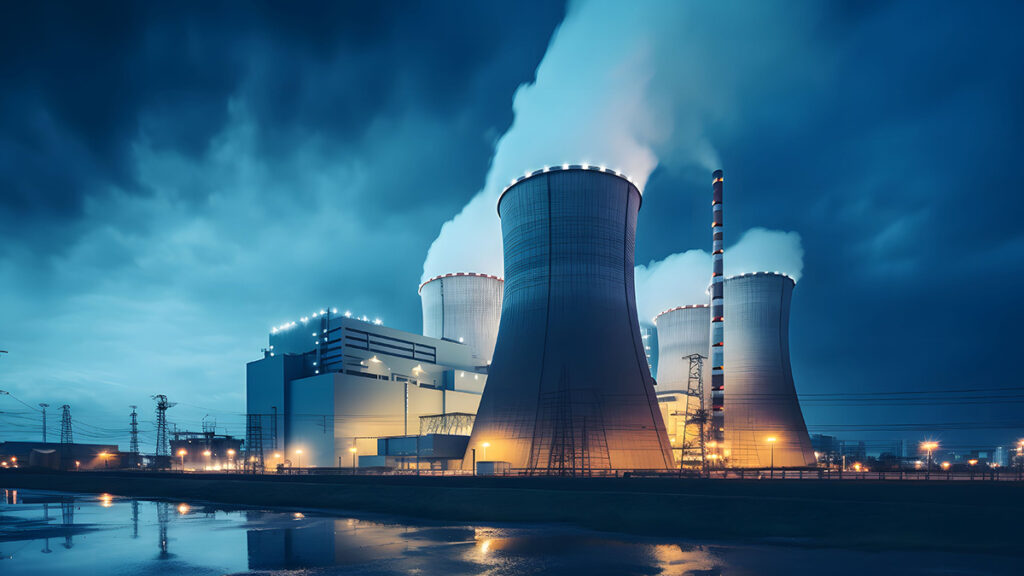The UK Atomic Energy Authority (UKAEA), established in 1954, stands as a testament to the UK’ nuclear research and development ambitions. This body was formed to steer the country’s burgeoning atomic energy program, initially focusing on providing atomic weapons deterrents and spearheading the development of reactor technologies for future nuclear power stations.
In its formative years, UKAEA’s achievements were monumental. The opening of Calder Hall, the world’s first full-scale nuclear power station, marked a historic milestone in the civil use of nuclear energy. This feat was followed by the construction of ten more Magnox stations, cementing the UK’s position as a leader in nuclear technology. Another significant achievement was the critical operation of the Dounreay Fast Reactor in 1959, showcasing the Authority’s pioneering spirit in nuclear research.
By the mid-1960s, UKAEA began diversifying its activities, branching out into commercial and non-nuclear realms. This period saw the Authority leveraging nuclear technology for various applications, leading to a surge in commercial contracts and revenue generation. The establishment of AEA Technology in 1989 marked a strategic move to manage its commercial endeavors, eventually leading to its privatisation in 1996.
The shift to decommissioning
The closure of the Prototype Fast Reactor at Dounreay in 1994 signaled a shift in UKAEA’s focus. The Authority began concentrating on environmental restoration, undertaking the decommissioning of reactors that had completed their operational life. This initiative led to the safe dismantling of the fifteenth reactor, ZEBRA, at Winfrith in 2005, showcasing UKAEA’s commitment to environmental responsibility.
April 2005 marked the formation of the Nuclear Decommissioning Authority, taking over the civil nuclear clean-up program. UKAEA then transitioned to a contractor role, managing decommissioning activities across various sites, including Dounreay, Harwell, and Windscale.
The emergence of UKAEA as a fusion research leader
Amidst these developments, UKAEA was nurturing a growing interest in fusion energy. Fusion, the process that powers the Sun, presented an enticing prospect for sustainable, low-carbon electricity. Culham became a focal point for this research with the establishment of a dedicated fusion laboratory in 1960.
Culham’s significance grew with the hosting of the Joint European Torus (JET) facility, a cornerstone of European fusion research. Since its first operation in 1983, JET has set world records in fusion performance, contributing significantly to the global understanding of fusion processes.
Furthering its fusion research, UKAEA launched new facilities, including the Materials Research Facility (MRF) for micro-characterisation of materials and the Remote Applications in Challenging Environments (RACE) facility focusing on Robotics and Autonomous Systems. These developments underscored UKAEA’s role in addressing the key challenges in developing fusion power plants.
Building on its extensive research, UKAEA embarked on the ambitious STEP program, aiming to design a UK fusion power station. The goal is to produce net electricity from fusion by 2040, a significant leap towards commercializing fusion energy.
UKAEA’s role in the global fusion landscape
UKAEA’s fusion research is not insular; it is part of a coordinated European program led by EUROfusion. This collaboration aims to contribute to international fusion experiments like ITER and the European DEMO power station, demonstrating the Authority’s commitment to global scientific progress.
Today, UKAEA stands as a beacon of innovation in fusion research. Its efforts not only contribute to the scientific community but also hold the promise of revolutionizing the way we think about energy. With fusion energy, the UK could see a future powered by a safe, abundant, and low-carbon energy source, thanks to the foundational work of the UKAEA.
There’s plenty of other editorial on our sister site, Electronic Specifier! Or you can always join in the conversation by commenting below or visiting our LinkedIn page.
